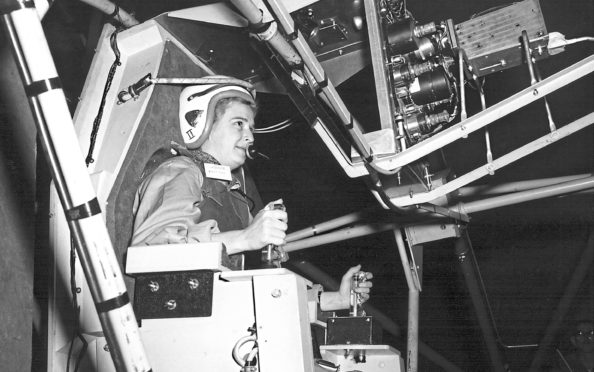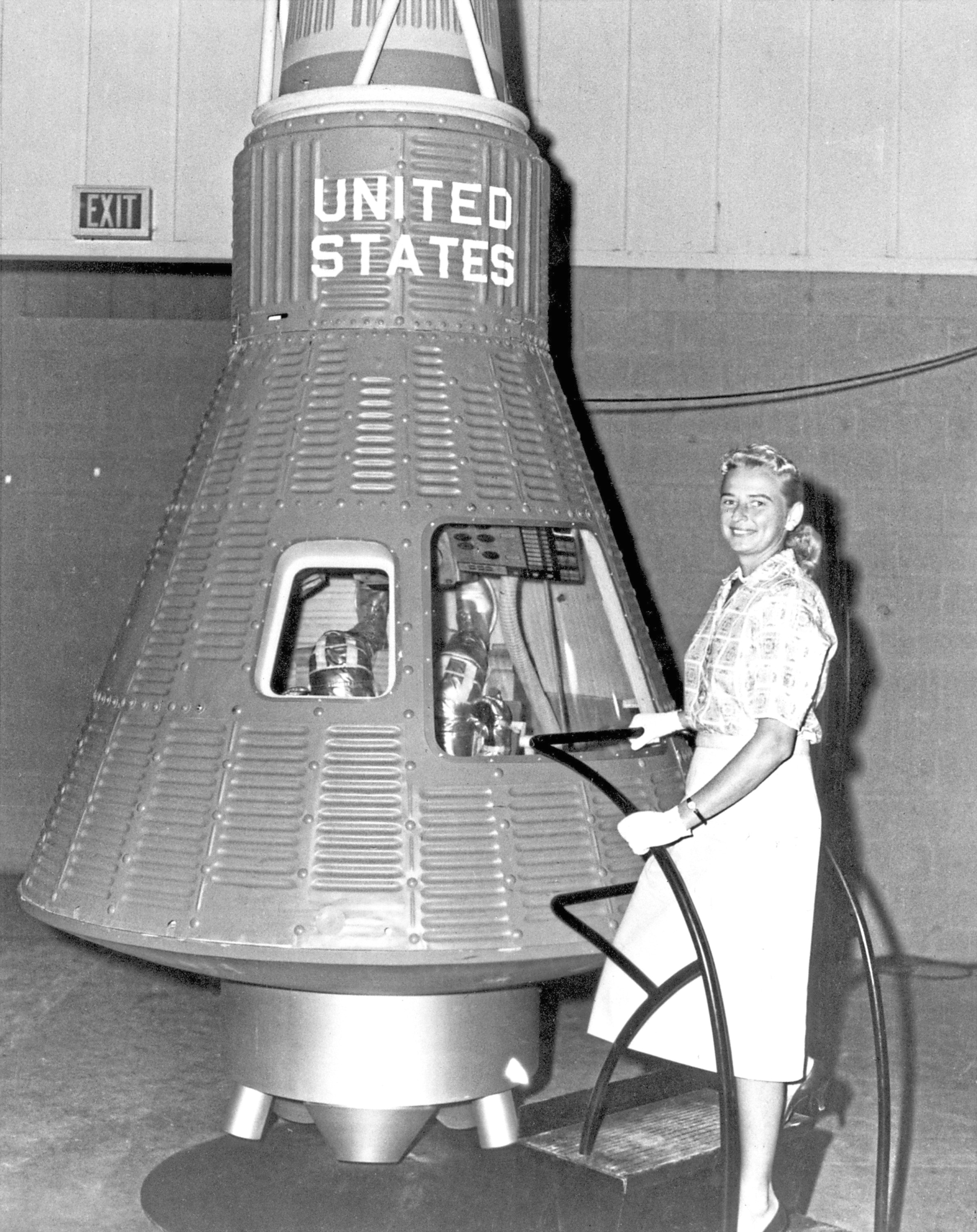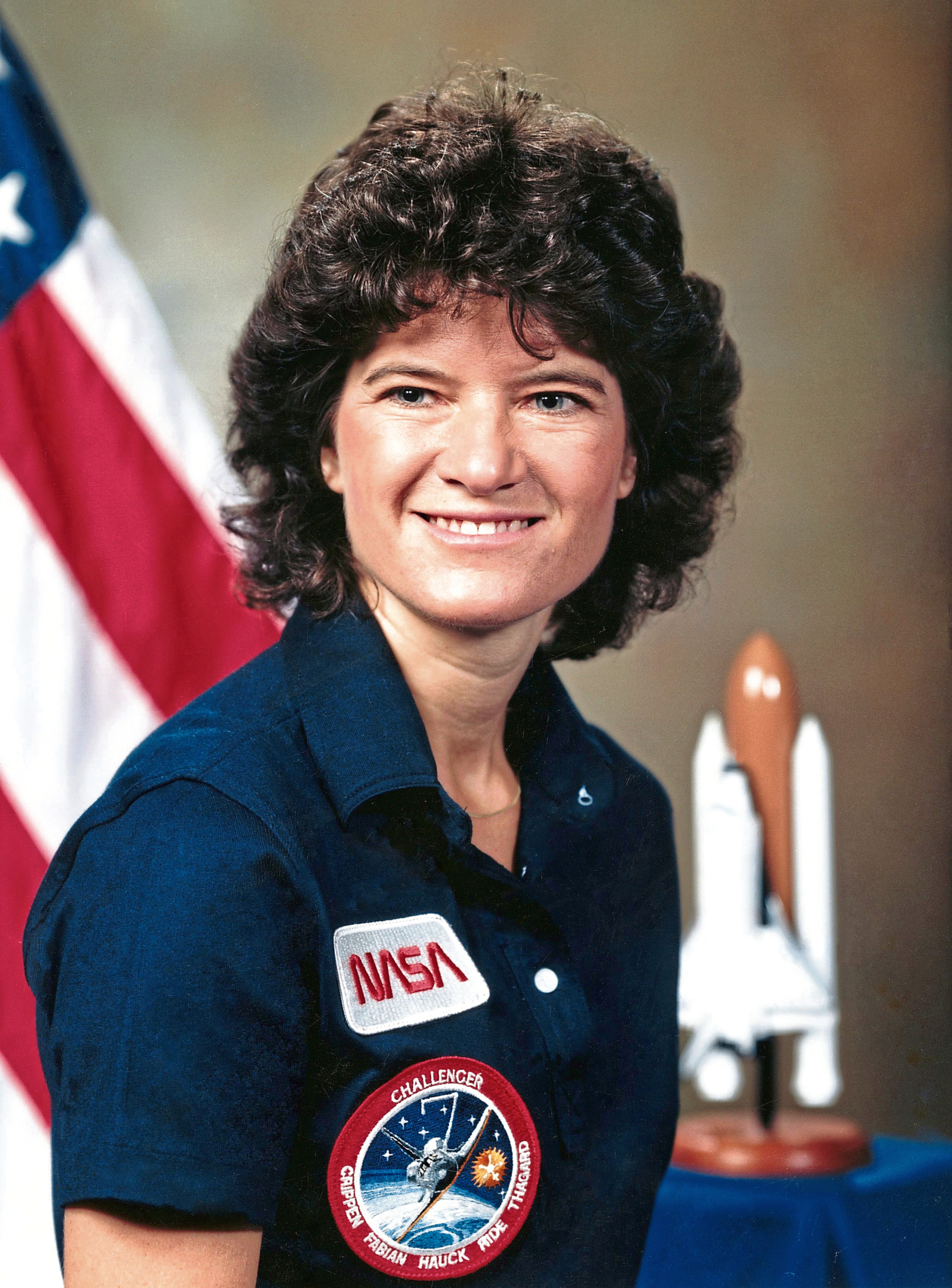
We’ve all heard of the Mercury 7.
This was the first group of astronauts, unveiled in 1959, that included such heroes as Alan Shepherd, the first American in space, and John Glenn, the first to orbit the Earth.
Glenn would go on to become a US Senator and go into space again, aged 77, on the Space Shuttle.
But how many of us have heard of the Mercury 13, highly-accomplished female pilots who showed they, too, had the fabled “right stuff” by passing the same gruelling physical and psychological tests as the men – only to be denied a trip to space and immortality?
Nasa simply didn’t want them, despite them actually proving they’d probably fare better in orbit than their male counterparts.
Put it this way, the average person lasts six hours in a sensory deprivation tank before starting to hallucinate.
Geraldyn “Jerrie” Cobb lasted more than 10 while the aforementioned Glenn managed just three – and he was only in a dimly-lit room with writing materials.
The tale begins with space medicine expert and Harvard-educated flight surgeon Dr William Randolph “Randy” Lovelace II, who helped develop the medical examinations given to Nasa’s Project Mercury astronauts.
He created a privately-funded and operated Women In Space Program – dubbed Fellow Lady Astronaut Trainees (FLATs) by its participants – at his clinic in Albuquerque, New Mexico.
Lovelace believed women were superior astronaut candidates in several ways. He knew because they were usually lighter than men, they would use less oxygen, food and water, and not as much fuel would be needed to launch them into space.
Also, women were less susceptible to heart attacks and could better tolerate cramped spaces and isolation.
Lovelace hoped that if he proved women were at least as good as the men, they could be added to Nasa’s astronaut pool but he wasn’t a feminist – he thought the future would involve large space stations with staffs including secretaries and nurses, which is where he saw “his” women fitting in.
The first FLAT was Jerrie Cobb, who sadly died last year. She said: “I was asked by Dr Lovelace to be the first woman to go through the tests.
“He had just come back from a scientific meeting in Moscow and he heard the Russians were going to train women cosmonauts, so thought we ought to do something.
“I couldn’t say ‘Yes’ quickly enough.”
In 1961 Cobb attended the last phase of testing at the US Naval School of Aviation Medicine where they assessed her physical fitness and put her through the same strenuous drills given to Naval aviators.
Staff were so impressed, they gave her a victory party.Lovelace then asked her to come up with a list of qualified women pilots who met the criteria – highly-accomplished pilots with commercial and instrument qualifications, more than 1,000 flight hours each and in top physical condition.
However, the testing wasn’t anything like that of the Mercury 7. They were never all together and so built up no equivalent camaraderie.
In fact, most never met until years later as they were tested in ones and twos.
The testing was exhaustive, with Mary Wallace “Wally” Funk explaining: “They really didn’t know what our bodies would do in the outer atmosphere or how we were going to react.”
Some of the tests the women withstood were swallowing a rubber tube to test their stomach acid, shocks to the arms to evaluate nerve reflexes, a four-hour eye exam, riding an exercise bike to exhaustion to analyse respiration, countless X-rays and swallowing radioactive water.
The most despised test was having ice-cold water squirted into the ears to measure equilibrium and response to vertigo.
Most passed with flying colours and by the end of summer 1961 the Mercury 13 were selected for further training.
They were looking forward to the last step, the Naval aviator tests, and three quit their jobs when they were denied the two weeks off required.
But then came a hammer blow when each received a telegram from Lovelace that this wasn’t going to happen.
Nasa never had any intention of allowing them to become astronauts and when they learned of the scheduled tests, they told the US Navy it wasn’t a Nasa project, and they cancelled them.
Outraged, Cobb and fellow Mercury 13 participant Janey Hart, a US Senator’s wife, took their case to Washington and met with Vice-President Lyndon B Johnson.
He had a letter to Nasa drafted by an aide, asking why women shouldn’t be astronauts but he didn’t sign it, instead writing “Let’s Stop This Now!” across the bottom, and it was never sent, remaining in his files for 40 years.
Finally, Nasa came up with the loophole saying women couldn’t join the Mercury Program because none had the “required” military jet test pilot experience, an impossibility at the time.
Some of the Mercury 7 members, including Glenn, testified against them and the Women In Space Program was dead.
Lovelace, who needed to maintain good relations with Nasa to keep getting contracts, let the matter drop. He was named Director of Space Medicine in 1964 but he and his wife were killed in a plane crash the following year.
The Mercury 13 were bitterly disappointed and went back to their previous lives, some enjoying long careers in aviation, others flying in their spare time.
Wally Funk never gave up her dream, though.
Now 80, the first woman to become an air safety investigator for the National Transportation Safety Board, she was a successful air racer and used some of her winnings to put a deposit down to reserve a seat on Virgin Galactic’s SpaceShipTwo.
Sex discrimination in the US became illegal with the 1964 Civil Rights Act but it wasn’t until 1978 that Nasa elected its first female astronaut candidates.
Five years later, Sally Ride became the first American woman in space – 20 years after the Soviets launched a woman into orbit.
Nowadays at least, the efforts of the Mercury 13 are believed to have helped pave the way for today’s female astronauts.

Enjoy the convenience of having The Sunday Post delivered as a digital ePaper straight to your smartphone, tablet or computer.
Subscribe for only £5.49 a month and enjoy all the benefits of the printed paper as a digital replica.
Subscribe © Everett/Shutterstock
© Everett/Shutterstock © Granger/Shutterstock
© Granger/Shutterstock